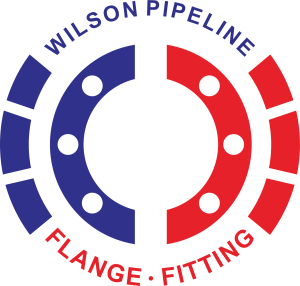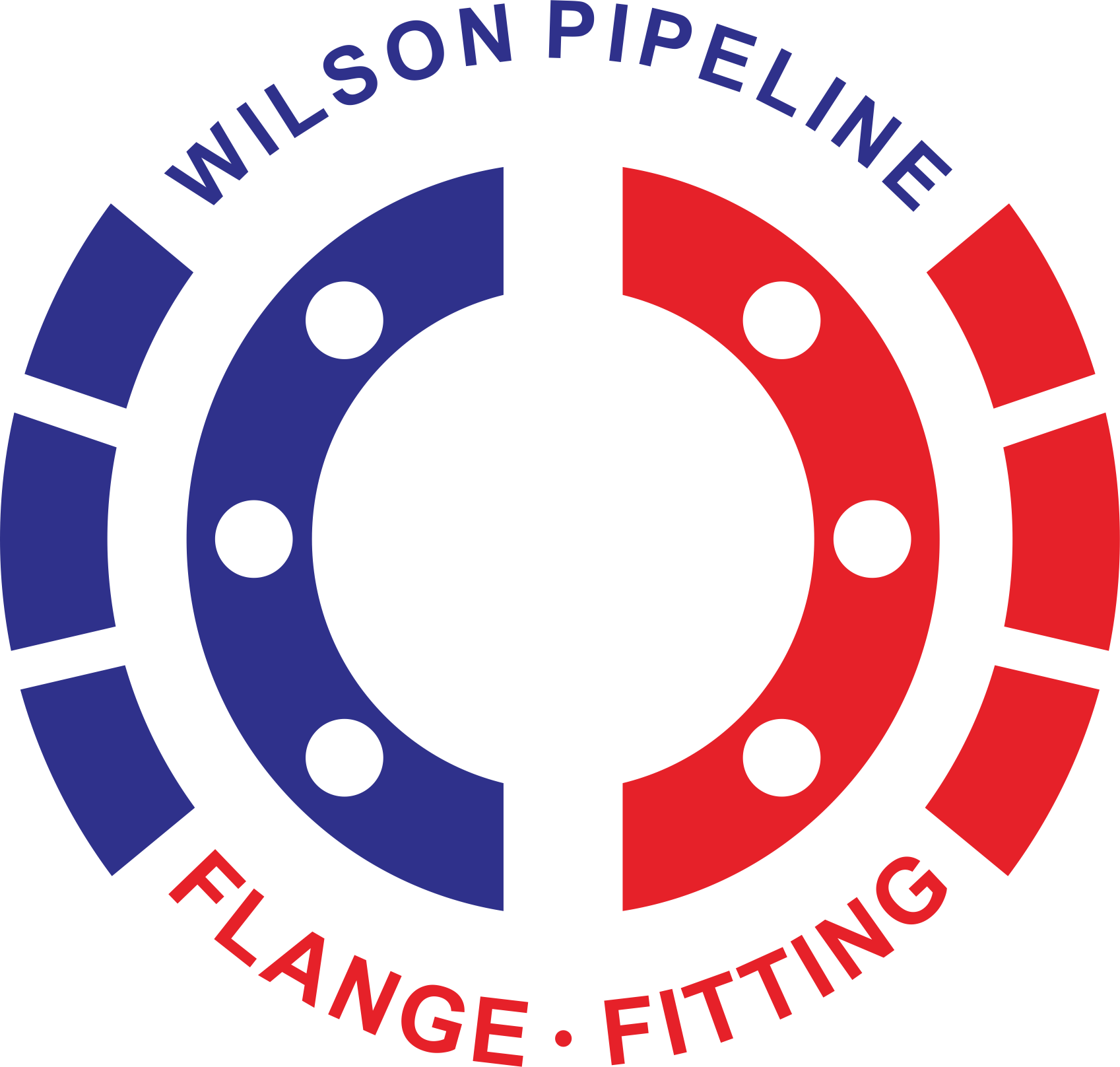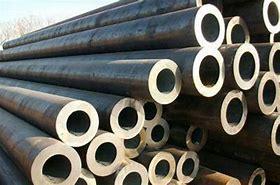
What are the advantages of using A333 pipe over other low-temperature materials?
ASTM A333 is a specification for seamless and welded steel pipe for low-temperature service. This specification covers nominal (average) wall thickness pipe in grades 1, 3, 4, 6, 7, 8, and 9, which are low-alloy, carbon steel materials designed to operate at low temperatures.
A333 pipe is commonly used in industries such as oil and gas, petrochemical, and power generation, where low temperatures can cause problems such as brittle fracture and reduced impact toughness. This pipe is suitable for use in temperatures as low as -50°F (-45°C), making it an ideal choice for applications that require high-strength and toughness at low temperatures.
The A333 pipe is manufactured by either seamless or welded methods and is available in different lengths, diameters, and wall thicknesses. The chemical composition of A333 pipe is controlled to ensure that the material has the desired mechanical properties, including high strength and impact toughness.
A333 pipe is commonly used for a variety of low-temperature applications, including piping for refrigeration systems, low-temperature storage tanks, and air-cooled heat exchangers. It is also used in cryogenic applications such as liquefied natural gas (LNG) transport and storage.
It is important to note that the appropriate specification for a given application will depend on a variety of factors, including the intended use, the required mechanical properties, and the operating environment. It is always important to consult with a materials expert or engineer to determine the most appropriate specification for a given application.
There are several advantages of using A333 pipe over other low-temperature materials:
1. High strength: A333 pipe is a low-alloy, carbon steel material that has high strength and excellent impact toughness at low temperatures. This makes it a suitable choice for applications that require high strength and toughness, such as low-temperature storage tanks and air-cooled heat exchangers.
2. Good weldability: A333 pipe has good weldability and can be easily welded using common welding techniques. This makes it easy to fabricate and install, reducing the overall cost of the project.
3. Cost-effective: A333 pipe is cost-effective compared to other low-temperature materials such as stainless steel or nickel alloys. This makes it an attractive choice for applications that require high strength and toughness at low temperatures but have budget constraints.
4. Availability: A333 pipe is readily available in the market and can be easily sourced from multiple suppliers. This ensures that the material is readily available when needed, reducing the lead time for the project.
5. Versatility: A333 pipe is versatile and can be used in a variety of low-temperature applications, including refrigeration systems, LNG transport and storage, and low-temperature storage tanks. This makes it a popular choice for a wide range of industries, including oil and gas, petrochemicals, and power generation.
Overall, A333 pipe is a reliable, cost-effective, and versatile material that offers high strength and toughness at low temperatures. It is a popular choice for many low-temperature applications and is widely used in various industries that require reliable piping systems.

